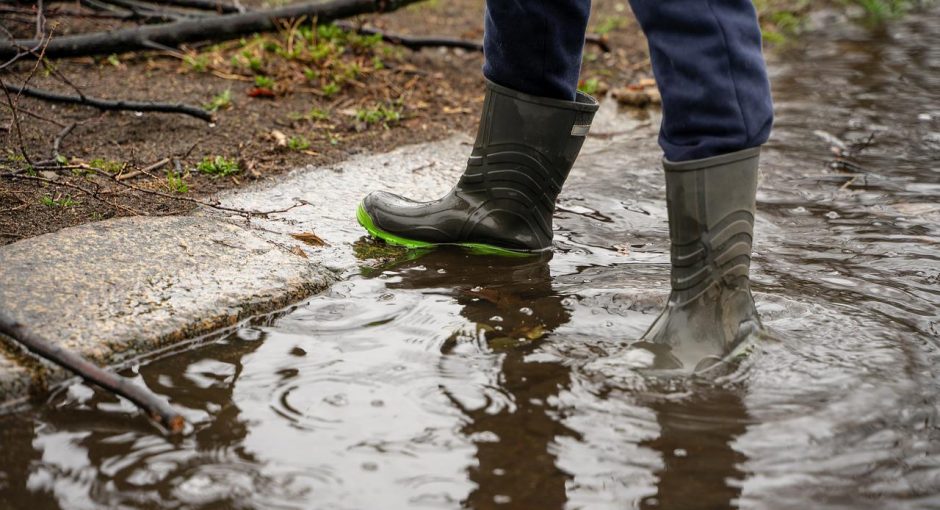Why stagnant water is harmful on the site? Not a single cultivated plant will take root in moisture-filled places, and flooding causes rotting of those plants that are already growing. As a maximum, constant moisture retention is also harmful to the foundation of buildings, since in a neglected case it can lead to their destruction.
How to save the site from flooding
The volume and nature of “rescue” measures depends on the reasons for which such a situation arose.

Make grooves to drain water
This option will be enough if the site “floated” solely due to the weather conditions of a particular year. So you will not only save the roots of perennial and winter crops, but also free up space for future plantings from unnecessary moisture.
Adjust the composition of the soil on the site
This applies to the situation with clay soil. To fix this, regularly add sand and peat to the soil, as well as loosen and mulch. Liming and the introduction of rotted organic matter also have a good effect – all of these activities will help improve the composition of the soil.

Cover flooded areas with cardboard and newspapers
This single action, of course, is unlikely to eliminate the problem, but in addition to dug grooves, it will do an excellent job with its modest role of absorbing a certain amount of moisture. In addition, cardboard will perform the additional function of temporary paths for the site.
Equip the site with a drainage system
If water continues to remain on the site, more impressive measures must be taken to eliminate flooding. Despite the extra work, creating a reservoir or soil drainage system will help you remove excess moisture from places where it should not be. The main thing is not to damage the aquifer.

Create raised beds
For summer residents, whose site is located in a lowland, this is a real salvation. Warm beds will save plantings not only from flooding, but also from temperature extremes, known as return frosts in spring.

If your site is located in a lowland in the UK, it is possible that the listed actions will not be enough and you will have to raise the ground or completely terrace the site.






